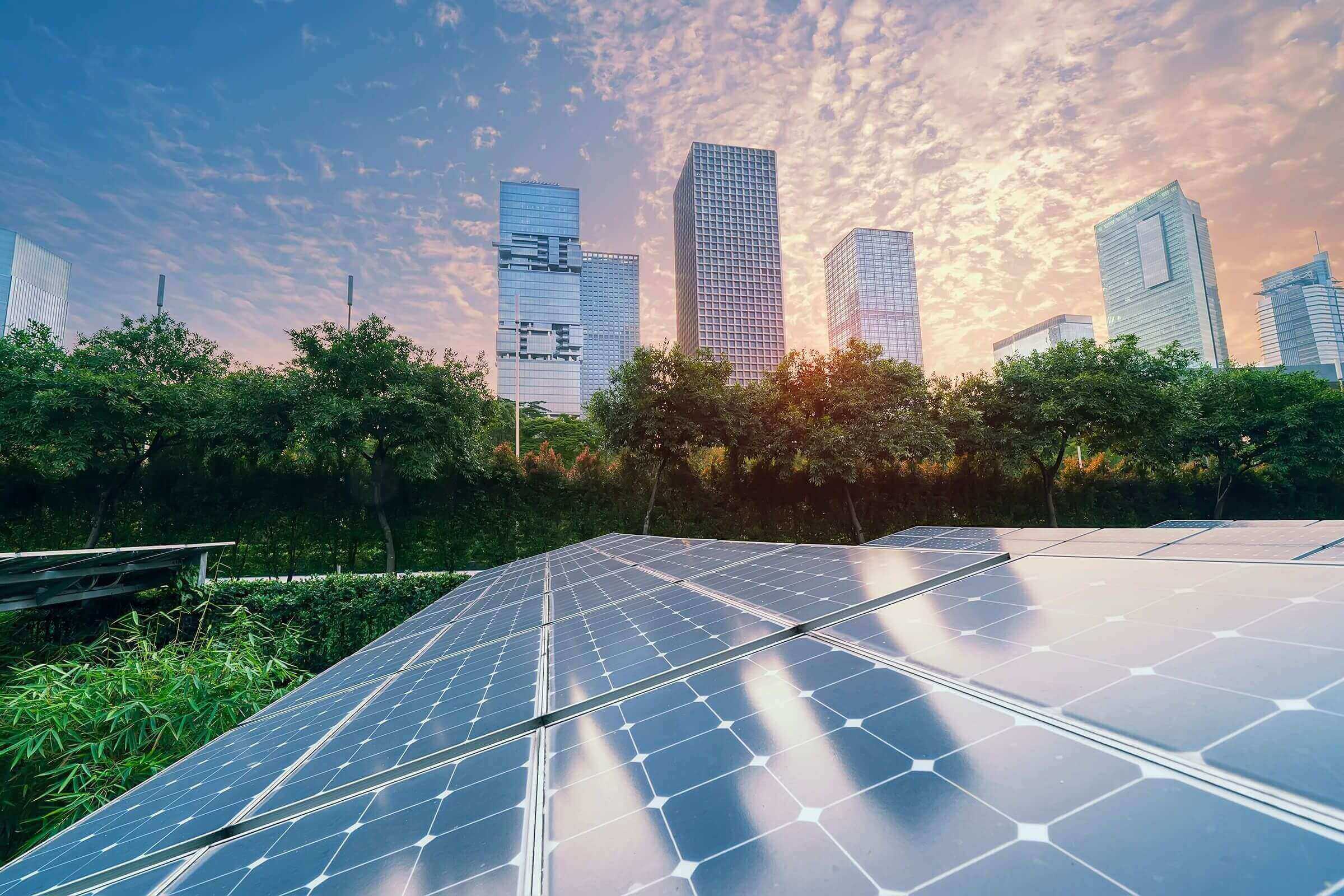With the price of electricity rising every day, monthly electricity bills are electrocuting the economy of households and businesses across the country. If this is the case for you, it may be time to invest in self-consumption electricity. Energy independence, long-term economic savings, and helping to reduce greenhouse gas emissions that cause global warming and destroy the environment are the main advantages of this new, sustainable way of producing and consuming electricity.
Among the various renewable energies currently available, Portugal's geographical conditions make photovoltaic solar energy an ideal option in both the short and long term. In this article we detail the various types of solar panels on the market, the technology that enables them, and explain how solar energy converts the sun's rays into electricity. If you're getting electricity bill shock every other month, read on!
What is the solar energy behind photovoltaic panels?
Photovoltaic solar energy is a type of renewable energy or 100% clean alternative (green energy), because it does not produce toxic waste or emit greenhouse gases into the atmosphere. Besides being non-polluting, as it comes from the sun, it is a virtually permanent and inexhaustible source of energy.
But how does it work? After travelling through space, the sun's rays hit the earth. Photovoltaic panels equipped with photoelectric technology convert this energy from the sun into electricity to power homes and workplaces. However, not all solar panels are the same. As we explain below, there are various different types available on the market.
What different kinds of photovoltaic panels are out there?
Silicon is the most widely used material in the manufacture of solar panels. This is because silicon is a mineral that is high in strength and durability while also being widely found in nature.
The purity of silicon often dictates the difference between one type of photovoltaic panel and another. As a general rule, the purer the silicon, the better the performance of the solar panel of which it forms a part. Based on this, panels can be:
- Monocrystalline: Their rounded edges and intense dark color characterize this type of photovoltaic panels, which have greater purity and energy efficiency due to their higher percentage of silicon in their composition. Their ability to better absorb solar radiation makes them perfect for stormy, cloudy areas, especially regions marked by a cold climate and lower light reception. These photovoltaic systems can last up to five decades in operation.
- Polycrystalline: These panels require a lower amount of silicon for their production. The silicon used in their manufacture does not come from a single crystal, but from multiple crystals that are fused together to form a single crystal. This lowers the purity of the panel and makes it less efficient than monocrystalline panels in producing electrical current. However, these panels are cheaper and quicker to manufacture, resulting in significant savings during the assembly process.
- Amorphous: Unlike the previous two types of solar panels, amorphous photovoltaic panels are not divided into small individual cells, but their entire structure forms a complete photoelectric unit. They are black in color and are the thinnest panels available on the market. In monetary terms, they are very economical due to their simple installation.
What maintenance is required for photovoltaic solar panels?
Adequate and regular maintenance of solar panels is essential to ensuring their proper functioning over the years. It should not be forgotten that this electrical energy production equipment is highly exposed to the full gamut of meteorological forces: high-speed winds, storms, and sudden fluctuations in temperature.
As such, the region in which photovoltaic equipment is located affects its maintenance needs. Factors such as airborne dust, environmental pollution levels, and dirt reduce the energy output of these types of electricity-generating installations. While rainfall is generally sufficient to keep solar panels clean, in very arid and dry areas it is recommended that the panels be cleaned once or twice a year.
Investment in photovoltaic panels, the pursuit of long-term savings
Investing in renewable energy can require a significant up-font investment that can take a few years to pay off (depending on the type of panels you choose and your energy needs). However, this investment can bring you big long-term savings by reducing your energy consumption costs over time.
Solar panels represent a fantastic financial decision, but they also have many other advantages over alternative ways of generating electricity through coal and its derivatives. These benefits include solar energy from photovoltaic panels exempting you from paying for the electricity supply you consume. This gives you what is known as "energy independence", meaning that you are not subject to the continuous fluctuations and price increases of the electricity market and, more importantly, this helps protect the planet.
Indiscriminate consumption of fossil fuels (such as oil or gas) is not compatible with a healthy planet and the preservation of its environment. Solar energy makes it possible to live in a more ethical relationship with nature.

